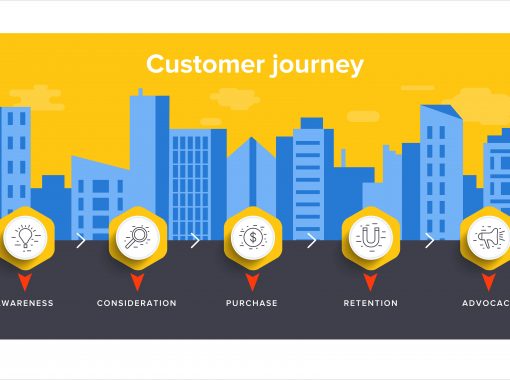
What is User Intent and How to Use it In Your SEO Strategy
You’ve conquered keywords. You know the right percentage to use to not overstuff your content. You know how to write an SEO-friendly blog post.
And just when you thought you had it all figured out, here comes user intent.
User intent takes your SEO strategy to a whole new level. It’s not just about the most searched keywords. It incorporates the mindset of the target customer and exactly what their intent is when they’re doing an online search.
Let’s take a look at what user intent is, the different types of user intent, how to determine what your audience is looking for, and how to incorporate intent in your SEO strategy.
What is User Intent in SEO?
User intent is the intent or the goal someone has when they’re searching for something online. It’s the WHY behind the WHAT they’re searching for.
Why is this important for your business to know? Because knowing their goal and what they’re after will help you understand how to use your keywords and ensure that your content matches their queries.
Have you ever searched for something online, found something that looked promising but after clicking on it decided that it didn’t really help at all?
Well, if the business had looked more at user intent, there’s a greater chance that the content you found would have provided the answers you were seeking. User intent is about taking into account what the user’s end goal is and satisfying it.
Types of User Intent
There are 5 different types of user intent that are important for your business to pay attention to:

- Informational user intent: This is all about what information people are looking for. It helps create things like articles, blog posts, and even frequently asked questions on a website. It’s knowing what your intended audience is looking for and then giving the info to them.
- Transactional intent: This type of search is conducted when a person is ready to buy something. It’s the terms plugged into the search bar to find where they can buy it, and whether online or in-store.
- Navigational intent: This comprises mostly brand names. It’s when people are looking to find the website of a particular brand or a specific product.
- Local intent: This type of search is for the user who is trying to find out where to locate something. It most often includes the name of a town, city, or state. It also may include the words “near me,” if they’re trying to find something in their geographical location.
- Comparative intent: These searches include multiple items, products, or brands. The user’s goal is to compare and determine which one is better.
How to Know if Your Content Assists User Intent
With countless people coming to your website, how can you be sure your content is giving them what they want? Luckily, there’s an easy way to determine what your audience wants and needs, and if your content matches that.
Head over to Google Analytics and look at your most popular keywords and also find out which pages your audience visits the most by them. Do the keywords match the intent?
For example, if people are searching for how to buy something but they aren’t being taken to a product, there’s a disconnect. And vice versa. If they’re looking for information but are going straight to a checkout page, you’re missing the chance to give people the essential information they need to decide to buy.
How to Incorporate User Intent in Your SEO Strategy
Now that you understand what user intent is and why it’s essential, it’s time to apply it in your SEO strategy.
Before doing keyword research, start by mapping out your customer journey.
- What are they looking for and (most importantly) why?
- What brings them to search in the first place? What problem are they trying to fix?
- What steps are they taking first? Next? Last?
Once you have a better understanding of exactly what, why, and how your customers are searching, then you can do your keyword research, matching the intent of your audience to the content you create.
Wrapping Up
User intent is becoming more and more essential in the world of online searching. Audiences are skipping around quickly if they’re not finding what they need right away. Therefore, if you’re not standing out, your potential customer is bouncing.
Knowing exactly what your audience is searching for and exactly why they’re looking for it will allow you to better serve your audience, and move them from searcher to customer.
Corinne is a writer and blogging strategist, who specializes in finance and online business. After earning her BA in English, she began working in the fast-paced finance industry. After 6 years, she left it all behind and turned to her first love, writing. Focusing on valuable content that not only teaches and inspires, Corinne uses words to help businesses get the visibility they deserve online. She lives in Hawaii with her husband and two kids.




